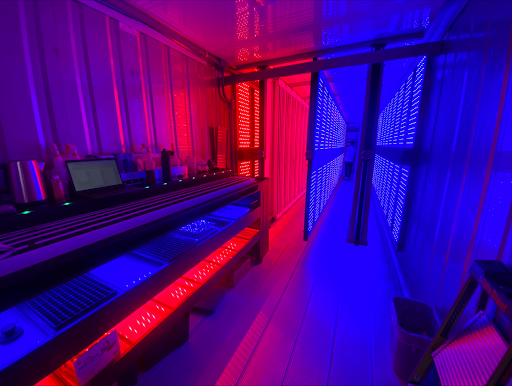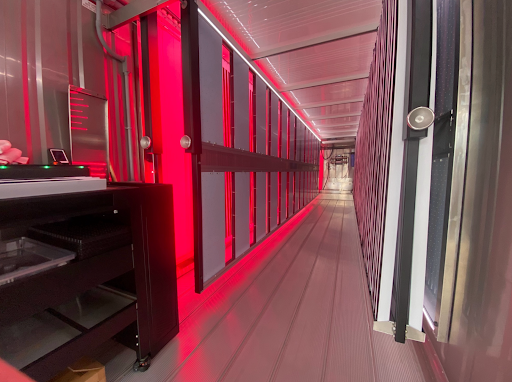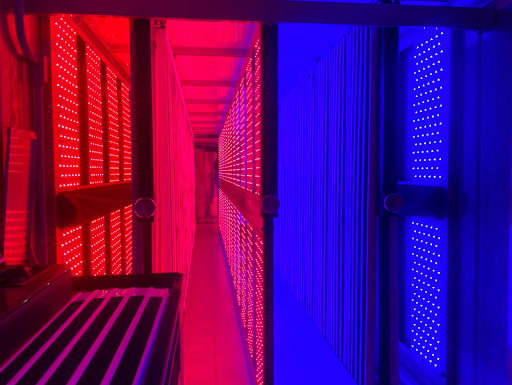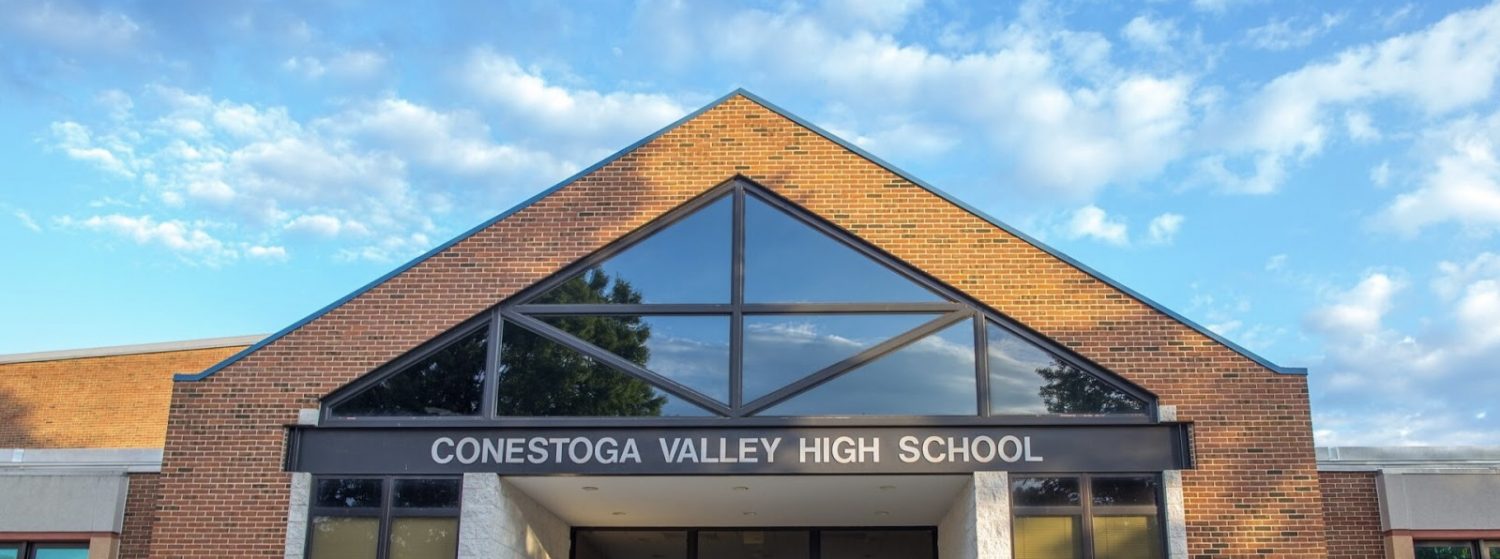
By: Hanna Farrow ‘25, Emerald Shaab ‘25, Nicolette Frey ‘25, and Ali Mhusen ‘26
Edited by: Hanna Farrow ‘25, and Nicolette Frey ‘25
Imagine a farm where agriculture is streamlined through water sensors, advanced plumbing systems for precise water regulation, and data-driven decisions that reduce labor intensity.
At Conestoga Valley High School, the hydroponic container farm does all of these things and more – all in the space of a cargo container. These advanced methods prove to be more efficient and less labor-intensive than traditional plowing and planting in a field.
Lead coordinator Mr. Jay Grisafi was awarded almost $180,000 through a grant from The Conestoga Valley Education Foundation (CVEF) in April of 2023. The Conestoga Valley Education Foundation offers grant money each year for creative and innovative programs that are not typically funded by other sources of revenue.
Mr. Grisafi said, “We can grow year-round with this; there is no growing season.” With such a long growing season, there will be a need for lots of people to help out. The Freight Farm will include members of the various departments and communities around the district.
Mr. Grisafi is excited to include his special education students with this project, as he is able to give them meaningful and transferable work experiences. Students from the rest of the school will be able to help with their area of specialty through a variety of courses that are offered at CVHS.

James Hovan, a science teacher at Conestoga Valley, is confident about the farm’s success, saying, “if there’s a scale of 1-10 I think it’s gonna be a 14. We’re very excited about what potential it offers and how many different ways it will tie into different programs that are already here at school.”
Hovan went on to talk about the different types of produce he was able to sample when he went to Boston to speak with the CEOs of Freight Farm, exclaiming how it was all delicious. He also mentioned how, when CV tried to start a garden previously, they ran into the problem of everyone leaving for the summer. This Freight Farm solves that problem and allows the vegetables and herbs to grow year long.
Hovan believes strongly that this project will bring the different departments of the school together and will help to better strengthen the school environment and Buckskin pride. He was very enthusiastic about the opportunities that the Freight Farm will bring to not only the school, but also the community as a whole.

Photo Credit: Caidyn Bender ‘26
The potential produce output is impressive. According to Mr. Grisafi, “If we planted only lettuce, we could harvest 990 heads of lettuce every week.”
This high yield could provide funds for future projects. According to puregreenzsz.com, “Hydroponically grown leafy greens and microgreens have the highest profit margins at 40%. On average, profitable indoor vertical farms make $14.88 per square foot after operational costs.” Mr. Grisafi hopes to provide produce for school lunches, the community, and potentially even restaurants.
This addition to the school has incredible potential to support the special needs students of CVHS in finding volunteer work and activities. It’s truly a remarkable achievement and educational endeavor for CVHS.
